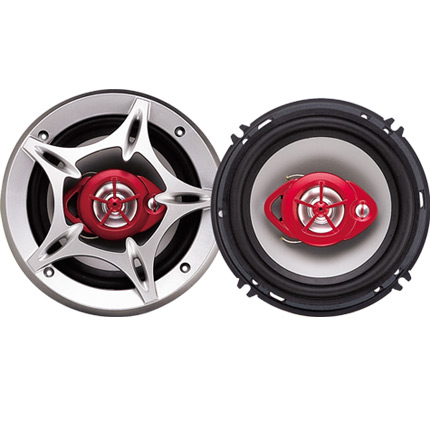golf handbrake cable
Understanding the Golf Handbrake Cable Importance, Function, and Maintenance
The handbrake, also known as the emergency brake or parking brake, is an essential component of every vehicle, including the popular Volkswagen Golf. One vital part of the handbrake system is the handbrake cable. This cable plays a crucial role in ensuring that drivers can securely park their vehicles and that the brake system functions as intended. In this article, we will explore the importance, functions, and maintenance of the Golf handbrake cable, providing a comprehensive understanding for Golf owners and enthusiasts.
Importance of the Handbrake Cable
The handbrake cable is responsible for engaging and disengaging the handbrake. When you pull the handbrake lever, the cable transmits the pulling motion to the brake mechanism, typically located at the rear wheels. This action locks the wheels in place, preventing the car from rolling when parked. The importance of a properly functioning handbrake cable cannot be overstated, especially in hilly areas where the risk of rolling back is significantly higher.
Moreover, the handbrake serves as a critical safety feature. In the event of a failure in the primary braking system, the handbrake provides an additional layer of security, allowing drivers to bring their vehicle to a stop. Thus, ensuring that the handbrake cable is in good condition is essential not only for the convenience of parking but also for overall road safety.
Functionality of the Handbrake Cable
The golf handbrake cable operates through a straightforward mechanism. The handbrake lever is usually located between the driver and passenger seats. When the driver pulls this lever, it tightens the cable, which in turn activates the rear brake shoes or pads. Most modern vehicles, including the Golf, are equipped with either a drum brake or disc brake system at the rear, and the handbrake cable plays a vital role in both configurations.
In a drum brake setup, pulling the handbrake lever causes the cable to pull the brake shoes against the inner surface of the drum, generating friction that holds the vehicle in place. In disc brake systems, the handbrake cable engages a small, separate caliper that grips the brake disc, achieving a similar effect. Understanding how your Golf's handbrake cable works can help you appreciate its importance in the overall braking system.
Signs of a Malfunctioning Handbrake Cable
Like any mechanical component, the handbrake cable can wear out or become damaged over time. As a Golf owner, it’s important to be aware of the signs that may indicate a malfunctioning handbrake cable. Common symptoms include
1. Increased Lever Travel If the handbrake lever feels loose and requires more pulling to engage the brakes, the cable may have stretched or become loose.
golf handbrake cable

3. Unusual Noises Squeaking or grinding sounds when the handbrake is applied can suggest that the cable is fraying or snagging.
4. Visual Inspection A physical examination of the cable may reveal fraying, rust, or other signs of wear and tear.
If you experience any of these issues, it's essential to address them promptly to avoid compromising your vehicle's safety.
Maintenance Tips for the Handbrake Cable
Routine maintenance of the handbrake system can prevent issues related to the handbrake cable. Here are some tips for Golf owners
1. Regular Inspection Periodically check the handbrake cable for signs of wear. Look for frays, rust, or damage that may affect its performance.
2. Cable Adjustment Depending on the model year, the handbrake cable may require periodic adjustment. Consult your owner’s manual or a mechanic for guidance.
3. Lubrication Keeping the cable lubricated can help prevent rust and ensure smooth operation. However, be cautious not to over-lubricate, as this can attract dirt and grime.
4. Professional Service If you're unsure about the condition of your handbrake cable or how to maintain it, it’s best to seek professional assistance. A qualified technician can provide a thorough inspection and necessary repairs.
Conclusion
The handbrake cable is a vital component of the Volkswagen Golf's braking system. Its reliability is crucial for the safety and functionality of the vehicle, especially when parked or when the primary braking system fails. By understanding its importance, recognizing signs of malfunction, and adhering to maintenance practices, Golf owners can ensure their vehicles remain safe and operational for years to come. Regular attention to the handbrake system not only enhances vehicle longevity but also enhances overall driving confidence.
-
Workings of Clutch Pipe and Hose SystemsNewsJun.04,2025
-
The Inner Workings of Hand Brake Cable SystemsNewsJun.04,2025
-
The Secrets of Throttle and Accelerator CablesNewsJun.04,2025
-
The Hidden Lifeline of Your Transmission Gear Shift CablesNewsJun.04,2025
-
Demystifying Gear Cables and Shift LinkagesNewsJun.04,2025
-
Decoding Clutch Line Systems A Comprehensive GuideNewsJun.04,2025
